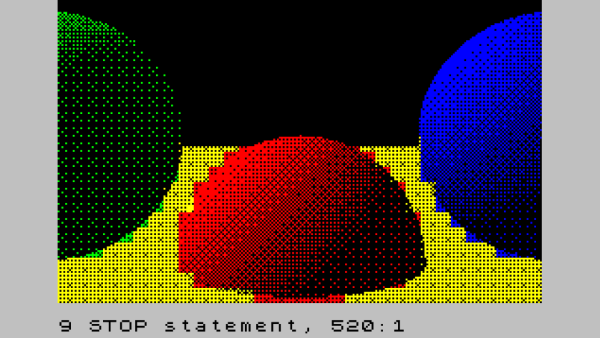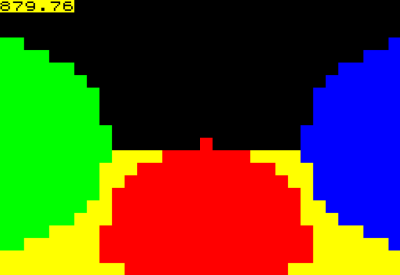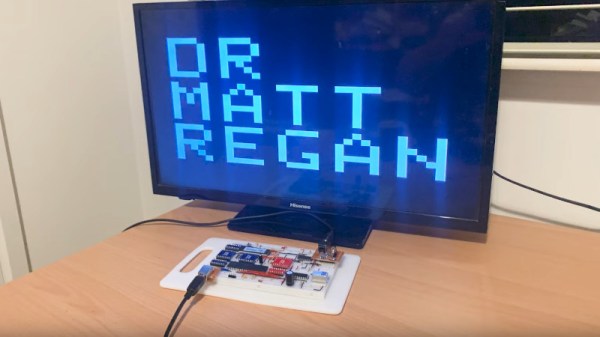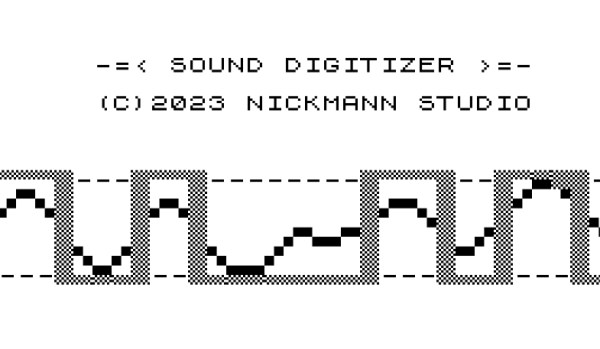For those of us who’ve spent far too long hammering rubber keys into submission, a glorious solution has arrived. [Lee Smith] designed the ZX Mechtrum Deluxe, the ultimate keyboard upgrade for your beloved ZX Spectrum 48k. Thanks to [morefunmakingit], you can see this build-it-yourself mechanical mod below. It finally brings a proper spacebar and Spectrum-themed Wraith keycaps into your retro life.
The Metrum Deluxe is a full PCB redesign: no reused matrices or clunky membrane adapters here. [Lee Smith] got fed up with people (read: the community, plus one very persistent YouTuber) asking for a better typing experience, so he delivered. Wraith keycaps from AliExpress echo the original token commands and BASIC vibe, without going full collector-crazy. Best of all: the files are open. You can download the case on Printables and order the PCB through JLCPCB. Cherry on top (pun intended): you’ll finally have a spacebar your thumbs can be proud of.
So whether you’re into Frankenstein rigs or just want your Spectrum to stop feeling like an air mattress, check this video out. Build files and link to the keycaps can be found on Youtube, below the video.
Tip: if you foster a secret love for keyboards, don’t miss the Keebin’ with Kristina’s series on all sorts of keyboards.


















